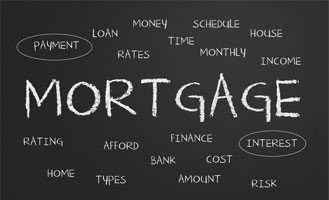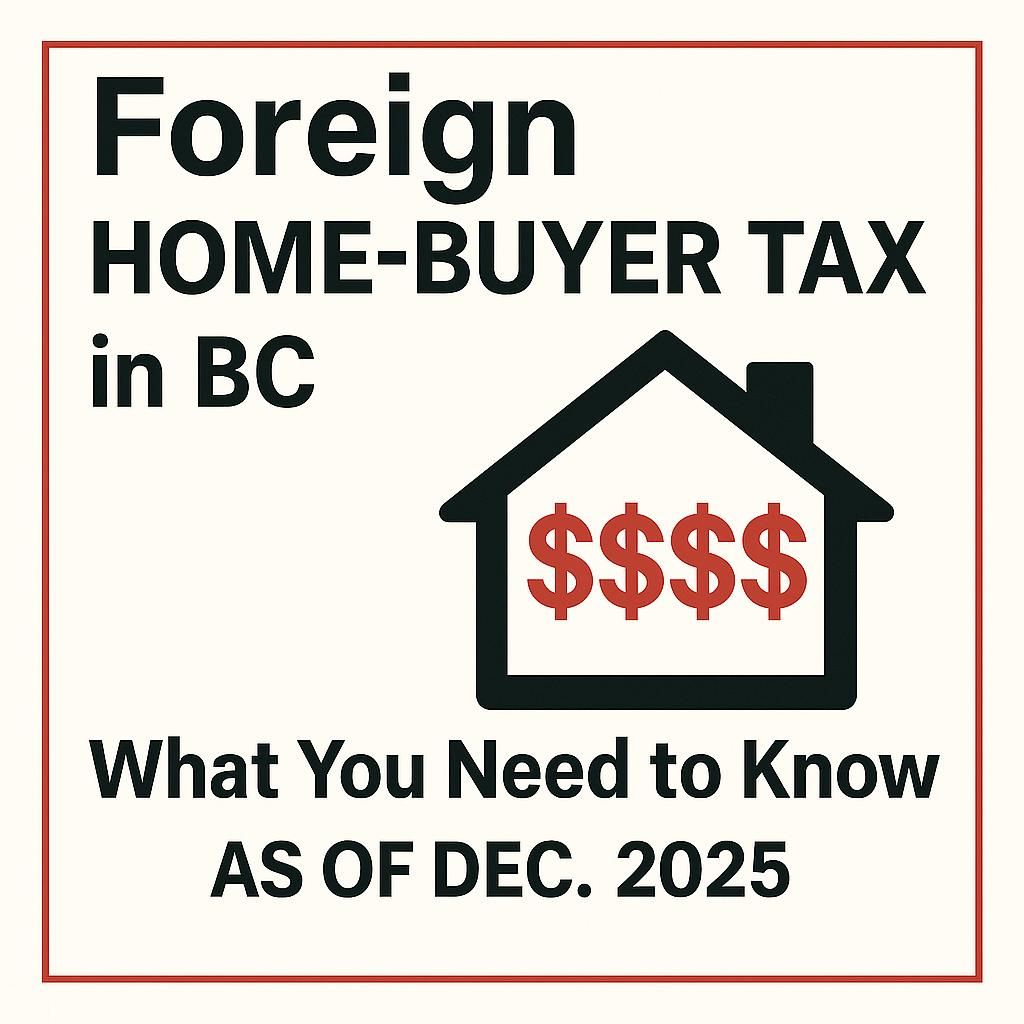History of Mortgage Changes up to April 2018
Every time you turn around, seems like there is another change to qualifying for a mortgage. Let’s walk through some of the mortgage changes over the years…
History of mortgages in BC
Before 2007-2008
During this time, lending and mortgages policies were much more lenient! 100% financing was available, 40-year amortizations, cash back mortgages, 95% refinancing, 5% down payment required for rental properties. You could qualify for Fixed and Variable term mortgages at the discounted contract rate. There was NO limit for your Gross Debt Servicing (GDS) if your credit was strong enough. Lenders had relaxed lending guidelines when debt servicing secured and unsecured lines of credits and heating costs for non-subject and subject properties.
The financial crisis of 2007–2008, is considered by many economists to have been the worst financial crisis since the Great Depression of the 1930s. It began in 2007 with a crisis in the subprime mortgage market in the United States and developed into a full-blown international banking crisis.
Due to the financial crisis, the Canadian government got involved, therefore many new mortgage rules have been implemented over the last 10 years.
July 2008
We saw the elimination of 100% financing, the decrease of amortizations from 40 to 35 years. The introduction of minimum required credit scores. Total Debt Servicing (TDS) could be maxed out to 45%.
April 2010
Variable Rate Mortgages, along with 1, 2, 3 & 4 year Fixed Term Mortgages now need to be qualified at the 5-year Bank of Canada’s posted rate. If you had a 5 year Fixed mortgage, you could qualify at the discounted contract rate.
Investments properties, which previously needed only 5% down payment, now require a minimum 20% down payment. Introduction of new guidelines which factored in rental income, property taxes and heat for affordability.
March 2011
The 35-year amortization was dropped to 30 years for conventional mortgages. Refinancing dropped to 85% from 90% and the elimination of mortgage insurance on secured lines of credit.
July 2012
30-year amortizations dropped again to 25 years for High Ratio Mortgages (less than 20% down payment). Refinancing also dropped down from 85% to the current 80%. Tougher guidelines within stated income mortgage products making financing for the Business for Self more challenging. The disappearance of true equity lending. The largest changes were:
• Ban mortgage insurance on any million-dollar homes
– 20% minimum requirement for down payment for homes over $1m
• Elimination of cash back mortgages
• Federal guidelines introduce a minimum 5% down payment on owner occupied homes
February 2014
Increase in mortgage default insurance premiums. *
• By law, anyone putting down less than 20% of the purchase price of a home in Canada must pay mortgage insurance, even though the homeowners themselves don’t benefit from that coverage. Rather, it’s a fee, borrowers pay so, if they default on loans, their lenders aren’t on the hook, instead, an insurance payout would cover any defaulted loans.
February 2016
Minimum down payment rules changed to:
• Up to $500,000 – 5%
• Up to $1 million – 5% for the first $500,000 and 10% up to $999,999
• $1 million plus homes require 20% down payment (no mortgage insurance available)
• Exemption for BC’s Property Transfer Tax on NEW BUILDS regardless if one is a 1st time home buyer with a purchase price of $750,000 or less.
– BC Property Transfer Tax (PPT) arrived March 7, 1987, with Social Credit premier Bill Vander Zalm government’s first budget and it has survived every change of government since then.
July 2016
The introduction of the foreign buyer tax stating that an ADDITIONAL 15% Property Transfer Tax (only to Metro Vancouver) is applied for all non-residents or corporations that are not incorporated in Canada purchasing property.
October 17, 2016:
Mortgage Stress testing
Mortgages with less than 20% down payment (requiring Mortgage Default Insurance) now have to qualify at Bank of Canada 5 year posted rate (currently 5.14%).
November 30, 2016
: Monoline Lenders
Portfolio Insured mortgages (Monoline lenders) greater than 20% have new conditions with regulations requiring qualification at the Bank of Canada 5 year posted rate, maximum amortization of 25 years, max purchase price of $1 million and must be owner-occupied.
March 17, 2017
Increase in mortgage default insurance premiums.*
 What about 2018??
What about 2018??
January 2018
: The Office of the Superintendent of Financial Institutions (OSFI) announces Stress Testing for all mortgages, no more bundling and other restrictions
• If your mortgage is uninsured (greater than 20% down payment) you will now need to qualify at the greater of:
– the five-year benchmark rate published by the Bank of Canada (currently 5.14%)
– OR the contractual mortgage rate +2%
• Lenders will be required to enhance their Loan to Value (LTV) limits so that they will be responsive to risk. This means LTV’s will need to change as the housing market and economic environment change.
• Restrictions will be placed on lending arrangements that are designed to circumvent LTV limits. This means bundled mortgages will no longer be permitted.
*A bundled mortgage is when you have a primary mortgage and pair it with a second loan from an alternative lender. It is typically done when the borrower is unable to have the required down payment to meet a specific LTV.
February 2018
– Premier John Horgan’s NDP government took steps to dampen speculation with BC real estate by imposing a new speculation tax and increasing the foreign buyers tax to 20%.
• Both measures are aimed at slowing the flow of global capital (that critics say is driving up BC home prices) and extends beyond Metro Vancouver.
• Raising the foreign buyer tax from 15% to 20%. The higher tax now covers Victoria and Nanaimo land districts on Vancouver Island, the Fraser Valley, Kelowna and West Kelowna.
• The speculation tax, is intended to get tax from absentee investor homeowners who often declare little or no income tax in BC but are believed to have substantial global incomes. The tax will start at 0.5% of a home’s assessed value for the 2018 tax year and increase to 2% in 2019.
BOTTOM LINE: How can you keep up with all the mortgage changes?
The home buying industry has always been one of change, which has shifted and altered based on the economy and what is currently going on in Canada and BC.
 To understand mortgages, you need to work with a mortgage broker!
To understand mortgages, you need to work with a mortgage broker!
Give me a call and let’s discuss a mortgage that works for you (not the bank)!







